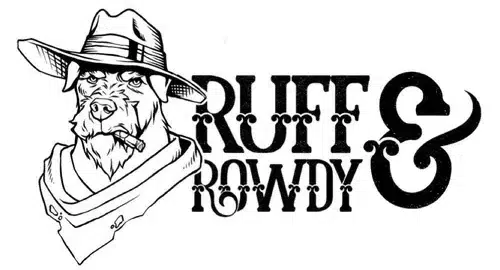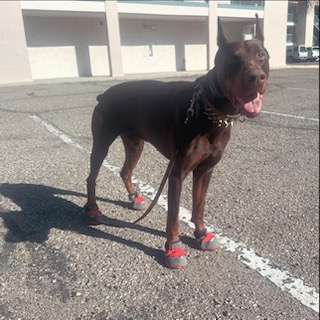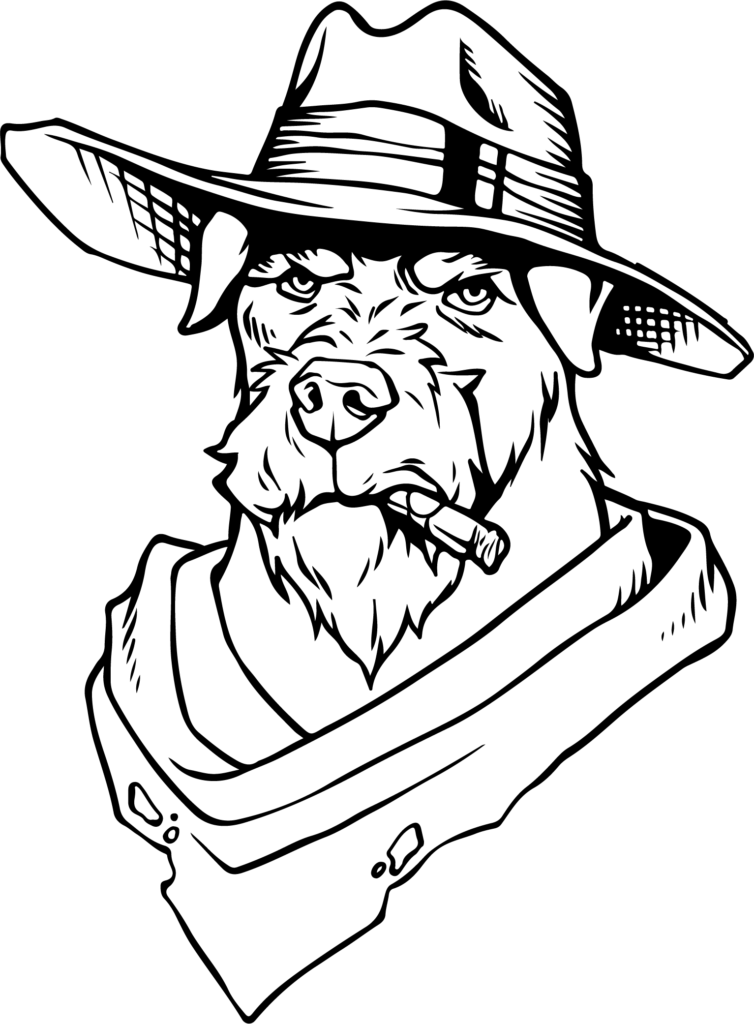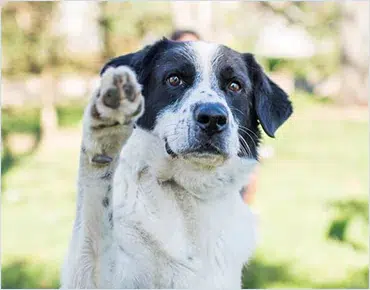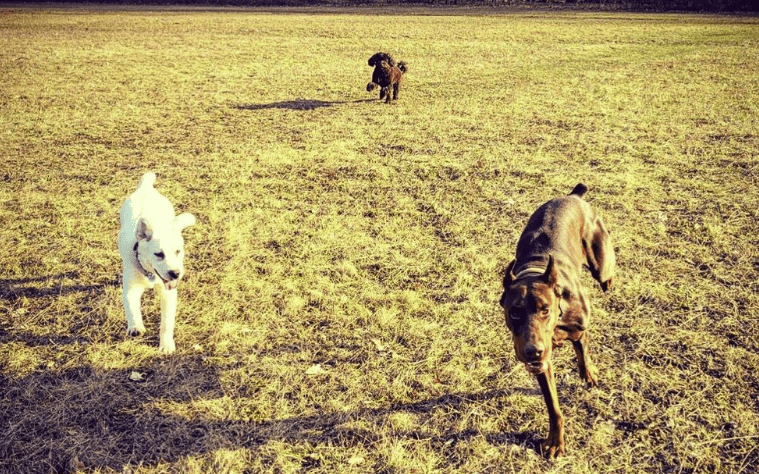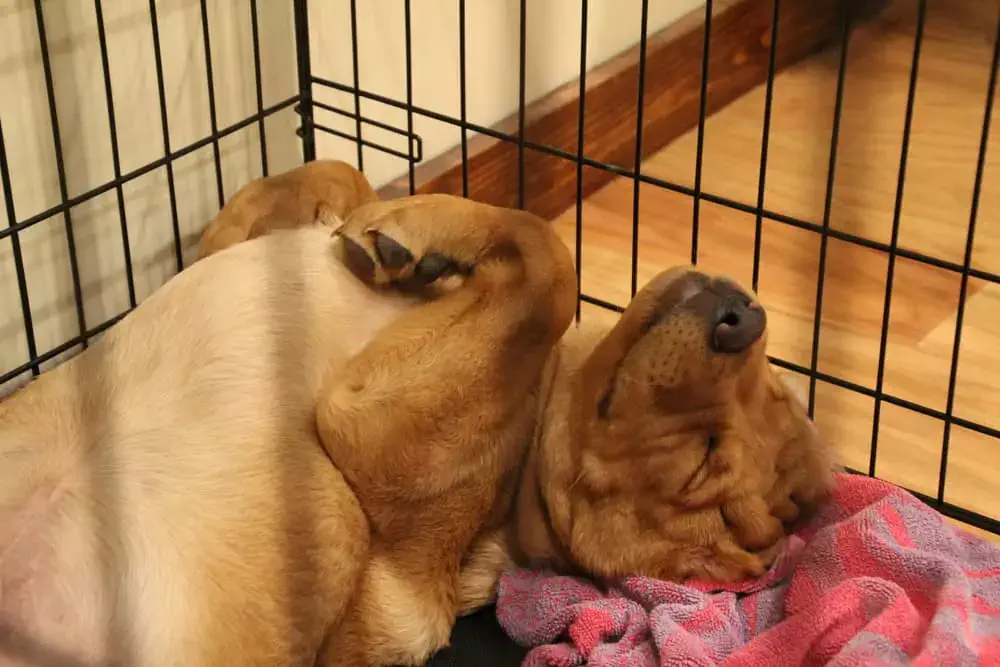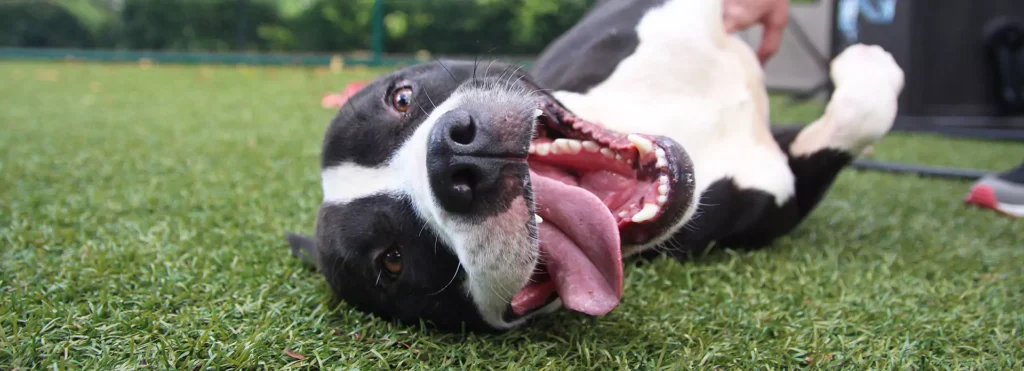Dog Training in the Arizona Summer Heat: Navigating the Canine Challenges
Arizona’s summertime is a spectacle of scorching temperatures and unrelenting sun, creating a distinctive set of challenges for dog trainers. As the mercury rises, professional dog trainers must adapt their methods to ensure effective and humane training while prioritizing the well-being of their furry companions. In this insightful guide, we delve into the unique struggles of training dogs during the Arizona summer, offering practical solutions to make this demanding season a rewarding experience for both trainers and dogs alike.
Understanding the Arizona Summer Landscape:
1. Intense Heat and Its Impact on Canines:
Arizona’s summer heat can be unforgiving, with daytime temperatures often soaring well above 100 degrees Fahrenheit. Dogs, like humans, are susceptible to heat-related illnesses, making it crucial for trainers to recognize the signs of distress and prioritize the safety of their canine trainees.
2. Limited Outdoor Training Windows:
The extreme temperatures limit the suitable times for outdoor training. Trainers must strategically plan sessions during the early morning or late evening to avoid peak heat, ensuring a safer and more comfortable environment for both dogs and trainers.
Tailoring Training Programs for Arizona Summer Success:
1. Early Mornings and Late Evenings:
Take advantage of the cooler periods in the early morning and late evening for outdoor training sessions. These times provide a more tolerable temperature for dogs, minimizing the risk of heat-related issues and allowing for focused, effective training.
2. Pavement Awareness:
Arizona’s scorching pavement can pose a threat to a dog’s sensitive paw pads. Prioritize training on cooler surfaces, such as grass or dirt, and incorporate paw protection, like booties, to shield against the searing heat of the pavement.
3. Water, Water, Water:
Hydration is paramount during the Arizona summer. Ensure ample access to water for both trainers and dogs throughout the training session. Incorporate frequent breaks for water consumption to prevent dehydration and maintain the well-being of canine participants.
Incorporating Indoor and Shade-Based Training:
1. Indoor Training Alternatives:
When the outdoor conditions become too extreme, shift focus to indoor training activities. This not only provides relief from the heat but also introduces dogs to a variety of environments, enhancing their adaptability.
2. Shade-Seeking Exercises:
Incorporate shade into outdoor training sessions by using trees, canopies, or other structures. Design exercises that encourage dogs to seek shade, promoting a natural inclination to stay cool and comfortable.
Adapting Training Techniques for Summer Temperaments:
1. Patience in Heat-Induced Behaviors:
The scorching temperatures can affect a dog’s behavior, potentially leading to increased restlessness or lethargy. Trainers must exercise patience and understanding, adapting their techniques to accommodate these variations in temperament.
2. Positive Reinforcement for Summer Success:
Celebrate achievements with positive reinforcement techniques tailored to the summer setting. Whether it’s a well-executed command or a positive response to heat-appropriate behaviors, acknowledging success fosters a positive training environment.
Safety Measures for a Successful Summer Training Season:
1. Recognizing Signs of Heat Stress:
Educate trainers on the signs of heat stress in dogs, including excessive panting, lethargy, and disorientation. Immediate action, such as moving to a cooler area and providing water, is crucial in preventing heat-related complications.
2. Heat-Resistant Breeds:
Consider the heat tolerance of specific dog breeds when planning training sessions. Breeds with shorter snouts, such as Bulldogs or Pugs, may have a harder time regulating body temperature and may require additional precautions.
Conclusion:
Training dogs in the Arizona summer presents a unique set of challenges that demand creativity, adaptability, and a keen awareness of canine well-being. By understanding the impact of intense heat, tailoring training programs, incorporating indoor and shade-based exercises, adapting techniques for summer temperaments, and prioritizing safety measures, professional dog trainers can navigate this challenging season successfully.
As the sun beats down on the rugged Arizona landscape, the success of a well-trained dog becomes a testament to the resilience and adaptability of both trainers and their four-legged companions. Together, they conquer the summer heat, forging a strong bond that transcends the challenges of the season and celebrates the triumphs of canine training in the desert’s hottest months.
If you live in Arizona and you want to learn more about how Ruff & Rowdy handles training dogs during the summer, comment below or feel free to reach out directly!
Dog Training in the Arizona Summer Heat: Navigating the Canine Challenges Read More »
